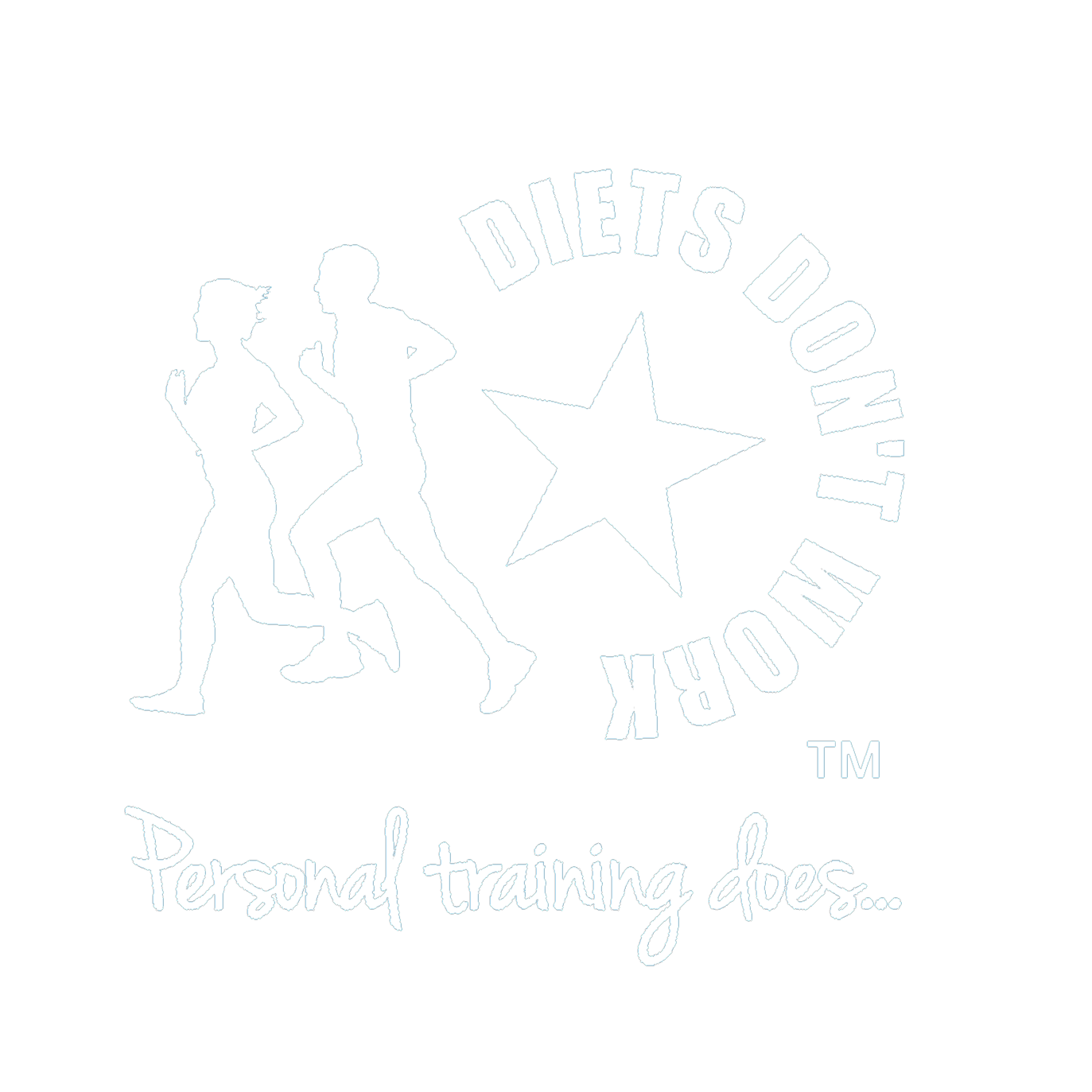
How to Eat less move more – yes but no
Everyone knows that to lose weight we need a calorific deficit, hence the not entirely useful mantra “eat less and move more”. However the energy equation is more complex than this, and by taking a look at how we use energy, and what burns the most energy through the course of an average day/week we can learn how to eat more and still lose weight. It lets us target focused types of activity to burn the most calories. Combining strategies to maximise all the different ways we burn energy – not just structured exercise – means that achieving the required calorific deficit required for weight loss is much, much easier.
In just pure energy of physics terms, we need to maintain a calorific deficit of 500 calories a day to lose around 2lbs (0.9kg) a week. Now just approaching that deficit through eating and drinking alone, or through exercise alone, is challenging and will in many cases lead to some hunger and the need for lots of will power. But if we can expend and extra 250 or even 300 calories a day then we only have to create a deficit of 250-200 calories a day through eating less: much more achievable.
The Thermogenic cost of exercise
Before we look at the different modes of human energy requirements, it’s useful to look first at the thermogenic cost of exercise or the relationship between exercise and hunger. Rather than make us want to eat 500 calories, burning 500 calories through exercise will not make you want to eat the same amount. In fact, for intense exercise (at or above 70% of maximum effort) the opposite is true.
Since exercise results in the burning of calories, we might expect ghrelin to go up and peptide YY to go down. Grhelin is known as the hunger hormone. It’s released when your stomach is empty and signals the brain to tell you to eat. When your stomach is full, it becomes stretched and this stretching of your stomach is the signal to stop ghrelin from being produced. But the opposite seems to happen. Most studies indicate exercise reduces ghrelin and increases peptide YY. Peptide YY is a hormone that works to stop hunger. Release of peptide YY from the intestine reduces appetite. When we eat, peptide YY goes up and when we haven’t eaten for a while, peptide YY goes down. However, after intense exercise, the opposite happens and these unusual hormonal responses are linked to the exercisers feeling less hungry immediately after exercise. It appears these hormone changes may be unique to exercise – reducing food intake (i.e. dieting) does the exact opposite resulting in increased appetite and higher food intake over time. This is most likely wy the thermogenic cost of exercise is thought to be around 60% – we will want to consume only 60% of calories burned during exercise.
So exercise can help greatly with creating. calorific deficit in more than just simply “burning calories”, but despite this it remains only a small proportion of overall energy used throughout the day. Humans actually have 4 principle ways of using energy. Structured exercise, as mentioned above is one, but the other 3 actually use much more energy – below are the 4 ways we use energy.
BMR – 70%
Basal metabolic rate. This is the energy used just to “keep the lights on”. So energy used to keep the circulation going, heart beating, lungs inflating, core temperature maintained. But it is largely determined by lean muscle mass, as lean mass requires lots of energy to maintian (fat requires very little). Other factors influencing BMR are body size, fat percentage (uses less energy), starving or fasting (reduction of BMR), age, growth, environmental temperature, hormones.
NEAT – 15%
Non exercise based thermogenic activity. This is the energy used by movement throughout the day that is NOT planned or structured exercise. Things like fighting, sitting upright, standing, walking, cleaning, just….doing stuff! Even trivial physical activities increase metabolic rate substantially and it is the cumulative impact of a multitude of exothermic actions that culminate in an individual’s daily NEAT. It is responsible for the vast majority of an individual’s non-resting energy needs
TEF – 10%
The Thermic Effect of food. Despite the fact that we are taking on calories, there is actually also an energy cost to this process. Energy is needed for chewing but more so for the digestion and absorption of food into the blood stream. Processing waste – in particular fibre – also uses energy. Certain food types such as protein and complex carbs have a higher thermic effect than simple carbs because your body has to work harder to break them down, thus spending more energy and burning more calories.
SE – 10%
Structured exercise. These are the calories that we burn during structured planned exercise. Although only around 5% of daily energy requirements, high intensity interval training and the afterburn it creates can make this number bigger. But trading exercise for calories can be a bit of a rabbit hole and an impossibe game to win. The link between muscle mass and our largest user of energy in box 1 – BMR – shows us the value of strength training, along with its plethora of other health benefits.
The Takeaway
With the 4 sources of human energy usage on view in our 4 boxes, things start to become clear. We can see that the most energy we use is for BMR. And we can see that a big factor in the BMR is muscle mass. So the importance of strength training is emphasised. Professional guidance can always help you maximise gains in strength training. We also see the huge value in doing more simple movements throughout the day to impact the second category – NEAT.The importance of getting more steps, moving around at work, taking stairs instead of elevators and so on is very important. The importance of fibre and protein also comes to light, in its role of increasing metabolic rate through thermogenesis. Ans finally we see that although structured exercise is the lowest demanding category, even this can have an effect on overall calories burned, especially if we do intense interval training that help to burn calories even after exercise. So to eat more food and still lose weight, try to increase energy used by all four systems:
- Increase musclre mass through strength training and increase BMR.
- Aim for at least 3 sest where you come close to failure after 10-12 reps
- Target large muscle groups
- Move more during the day
- Increase steps
- Eat more protein to increase thermogenic burn
- Eat more fiber to increase thermogenic burn
- Try for high intensity cardio intervals or circuits on top of strength training to burn calores after exercise



Recent Comments